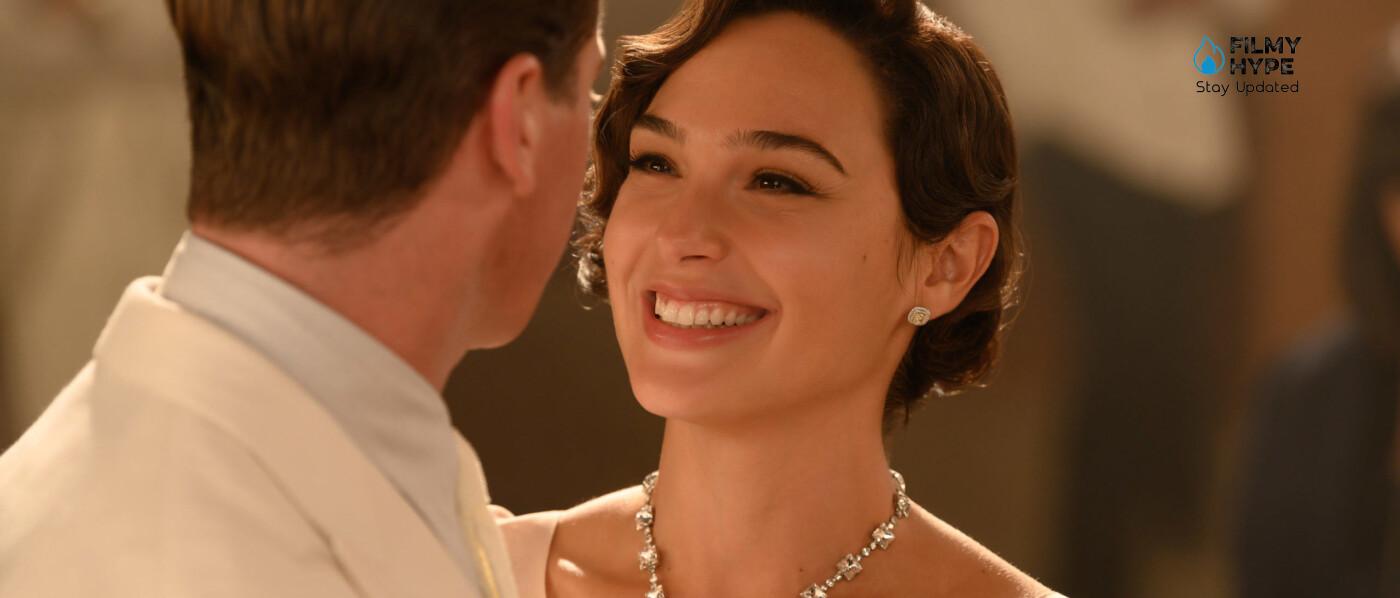Death on The Nile: Differences Between Kenneth Branagh’s Book And Film
Kenneth Branagh has shuffled the cards of Agatha Christie’s classic a lot, so much so that his film will surprise even those who remember the plot of the novel well. Here’s what changes in the 2022 adaptation of Death on the Nile.

Kenneth Branagh is really ready to amaze, even and above all those who remember the original novel by Agatha Christie well. Already with the previous Murder on the Orient Express, the English actor and director presented us with a new Hercule Poirot and a slightly different case than the one written by the English mystery queen.
Death on The Nile: Differences Between Kenneth Branagh’s Book And Film
With the second film in which he plays the Belgian detective, Branagh goes further. He does not know returns to insert very current themes (from racism to homosexuality) in the meshes of the plot, but with a master stroke he prepares a twist reserved for lovers of the character and of his investigations. It’s hard not to be surprised, as I told you in the spoiler-free review of the film. So how does the plot of Death on the Nile change from Agatha Christie’s novel to Kenneth Branagh’s 2022 film?
The Past of Poirot and Christine
The film opens with a long sequence in the trenches, during the First World War: this long excerpt is not present in the book, which does not address the theme of the protagonist’s past. Poirot is part of a division that has just received a suicide order: attack the enemy front to take a bridge, waiting for the next change of wind to cross the no man’s land between the two trenches, avoiding perishing due to the nerve gas but they arrive when the enemy is alert and has perfect vision.
Observing the birds that take off in flight, Poirot advises his captain to leave immediately, taking advantage of a window that only animals have guessed there in the wind currents above no man’s land. Poirot is obviously right. The platoon manages to defeat the enemy, but just near the bridge the captain sets off a trap that blows up the area.
Poirot is scarred in the cheek In the hospital, Christine visits him, the woman he loves, who cheers him up and advises him to grow a mustache to cover his scar. Subsequently Poirot will confide to Madame Salome Otterbourne that he is haunted by the sense of guilt for the death of the woman, who was involved in a train accident shortly before Christmas, while she was on her way to the hospital to visit him. It was Poirot who had asked her to visit him, even though he was about to be discharged. This would be the reason why Poirot represses his feelings and shows a pathological predisposition towards order, as we understand from the selection of desserts or from the linen placed on his bed. Over the course of the film we understand that Poirot is interested in Salome Otterbourne.
Racism and Homosexuality
In the version of the novel, the two Otterbourne – Salome and Rosalie – are a writer with a passion for divination and their daughter on vacation on the Karnak. Both are Caucasian. In the film, however, the Otterbourne are two women of color who have faced episodes of racism and discrimination, but who know how to stand up and defend themselves. Salome, who is a blues singer, proves her resentment towards Linnet precisely because as a child she had Rosalie kicked out of the public pool, because she was black. Rosalie, who is fond of her friend (“she’s easy to love and hate,” she says) claims that Linnet was just badly educated and helped her a lot during school.
Even the characters of the staunch supporter of the socialist revolution Marie Van Schuyler and Nurse Bowers have been much reworked compared to the novel, where the twist of their lesbian relationship is not present, of which Bowers’ work as a personal nurse is only the official coverage. The novel features a fervent Communist, Ferguson, whose political creed Van Schuyler absorbed in the film. In the book there are also additional characters that have been eliminated or replaced such as the Italian archaeologist Guido Richetti and the American girl on vacation Cornelia Robson.
The Murder of Bouc
The main twist of the film is the death of Poirot’s close friend, his traveling companion in many events. In Agatha’s novel Christie Bouc is not even present: to cover the role of shoulder and friend of Poirot is Colonel Race, an old acquaintance of the detective who is on the trail of a spy on board. This subplot was removed from the film.
There are also two other characters in the novel: Tim Allerton and his mother. Bouc and his mother Euphemia fill these roles: the boy like Tim is secretly in love (and reciprocated) with Rosalie and steals Linnet’s necklace (of pearls in the novel, of diamonds in the film) to have the necessary funds to ask for her hand loved. In the novel, however, it is Rosalie’s mother who dies, killed by Jacqueline before she can report having seen her kill Louise. In the film, however, it is Bouc, Poirot’s friend, who loses his life, leaving the readers of the novel speechless.
How Does The Plot Of Death On The Nile Change From Book To Film?
- In the book, the third passenger murdered is Salome, not Bouc
- In the novel Bouc is not present: Poirot is assisted by Colonel Race
- The stolen necklace is made of pearls and not diamonds
- Simon traces a J in Linnet’s blood on the bed to throw off the trail
- The Otterbourne are two Caucasian women: the mother is a writer
- Poirot’s past is not told
- There is a spy aboard the Karnak



